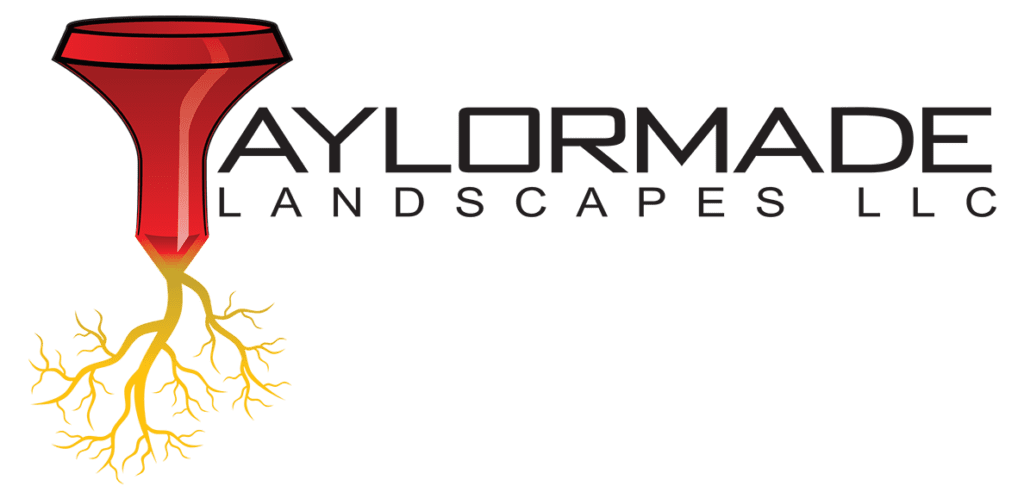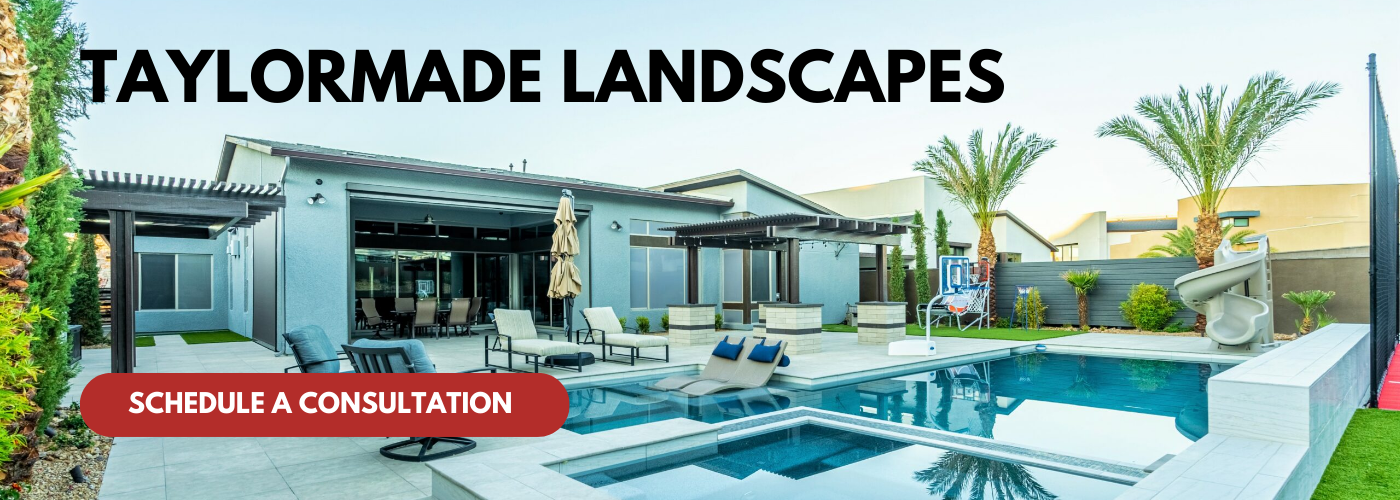As we approach 2025, the realm of garden design continues to evolve, blending functionality with aesthetics to create outdoor spaces that are not only visually appealing but also practical and sustainable. Hardscape features—permanent elements such as patios, walkways, retaining walls, and decorative stones—play a pivotal role in setting the framework for our gardens. They provide structure and purpose, allowing for thoughtful landscape layouts that enhance both the beauty and usability of outdoor environments. As more homeowners seek to cultivate gardens that reflect their personal styles and accommodate modern lifestyles, choosing the right hardscape elements becomes increasingly vital.
In this coming year, several trends and innovations are emerging in hardscaping that promise to transform gardens into captivating retreats. Eco-friendly materials and designs are at the forefront, aligning with a growing consciousness around sustainability and environmental harmony. Features like permeable paving, which allows water to seep through, are becoming popular choices for both their aesthetic appeal and their ability to mitigate run-off issues. Similarly, multi-functional spaces that combine seating, dining, and entertainment areas are gaining traction, providing year-round enjoyment while maximizing the utility of outdoor spaces.
Moreover, the integration of technology into hardscaping is also on the rise, with smart lighting and fire features enhancing both safety and atmosphere in the garden. As landscaping aesthetics shift toward minimalist designs and naturalistic elements, it becomes essential to consider how these hardscape features can complement the surrounding flora rather than compete with it. In this article, we will explore the best hardscape features to consider for your garden in 2025, examining their benefits, design inspirations, and how they can create a harmonious outdoor living space tailored to your unique needs and desires. Whether you’re looking to revamp an existing garden or embark on a new landscape project, understanding these emerging hardscape trends will empower you to make informed decisions that elevate your outdoor experiences.
Sustainable Hardscape Materials
As homeowners become increasingly aware of environmental impacts, the use of sustainable hardscape materials in gardens is gaining momentum. In 2025, selecting materials that reduce ecological footprints while enhancing aesthetic appeal will be a key trend. Sustainable hardscape materials can be defined as those that are sourced responsibly, have low lifecycle impacts, and often incorporate recycled components. Examples include reclaimed wood for decking, permeable pavers made from recycled plastics or concrete, and natural stone that has been sustainably quarried.
Beyond environmental considerations, these materials often offer durability and low maintenance, making them practical choices for outdoor spaces. For instance, permeable paving not only facilitates stormwater management by allowing water to infiltrate the ground but it also minimizes runoff and erosion, contributing positively to the surrounding ecosystem. Furthermore, the use of locally sourced materials minimizes transportation emissions, aligning with principles of sustainability. In 2025, trends may also include the use of innovative products like eco-friendly concrete that requires less energy to produce or recycled glass aggregates within concrete, providing both functionality and unique visual texture.
Incorporating sustainable hardscape materials into garden designs goes beyond mere aesthetics; it creates a narrative around the garden that reflects a commitment to ecological consciousness. Consider features such as paths or patios made from natural stone and surrounded by native plantings to create habitats that support local wildlife. Using recycled materials in seating or retaining walls can also add character and uniqueness to the design, making a stronger connection between the home and its environment.
Ultimately, prioritizing sustainable hardscape materials not only enriches the visual appeal of a garden but also instills a sense of responsibility towards the planet. As more homeowners seek to create balanced and eco-friendly outdoor spaces, the emphasis on sustainability will become a cornerstone of hardscape design in 2025 and beyond. This alignment with environmentally-friendly practices not only enhances personal satisfaction but also contributes to broader community efforts toward sustainability and conservation.
Innovative Decking and Patio Designs
As we look forward to garden design trends in 2025, innovative decking and patio designs are poised to play a pivotal role in enhancing outdoor living spaces. These designs not only serve functional purposes but also elevate visual appeal and connectivity with nature. Decking materials have evolved significantly, with an emphasis on sustainability, durability, and aesthetic versatility. Homeowners are increasingly opting for composite decking that mimics the appearance of natural wood while offering superior resistance to weather damage, fading, and insects. This shift reflects a growing trend towards combining beauty with functionality in outdoor spaces.
In addition to materials, the shapes and layouts of decking and patios are becoming more creative and fluid. Traditionally rectangular or square patios are giving way to freeform designs that harmonize with the garden’s natural contours. Curved decks and multi-tiered patios can create dynamic environments that guide the flow of movement while providing distinct areas for entertaining, relaxation, and dining. Integration with surrounding landscaping is also critical; raised patios can blend seamlessly into terraced gardens, enhancing the overall experience of the outdoor space.
Moreover, the incorporation of multifunctional elements in decking and patio designs is on the rise. For instance, built-in seating, planters, and storage solutions are becoming common features that maximize usability without cluttering the space. Additionally, integrating smart technology through various features—such as built-in lighting, sound systems, and even heating elements—can significantly elevate the appeal and comfort of these outdoor areas. As homeowners seek to create holistic outdoor environments that accommodate a range of activities and moods, innovative decking and patio designs are set to become essential components of modern garden aesthetics in 2025.
In summary, the future of outdoor living spaces will be characterized by innovative decking and patio designs that prioritize sustainability, creativity, and functionality. Homeowners can look forward to a variety of options that not only enhance their gardens visually but also provide greater utility and enjoyment in their outdoor environments. This trend underscores a broader movement towards creating immersive and personalized outdoor experiences, making the garden an extension of home life.
Outdoor Lighting Solutions
Outdoor lighting solutions play a vital role in enhancing the aesthetics and functionality of garden spaces. With the growing emphasis on garden usability during evening hours, well-designed outdoor lighting can significantly extend the living space of a home while adding to its visual appeal. In 2025, the trending outdoor lighting solutions will likely emphasize energy efficiency, smart technology, and versatile designs that blend seamlessly into various outdoor settings.
One of the most significant considerations for outdoor lighting is energy efficiency. LED lighting fixtures have become the standard due to their low energy consumption and long lifespan. In 2025, expect to see even more innovations in this space, including solar-powered lights that can illuminate pathways and garden features without the need for intricate wiring. These fixtures not only reduce electricity costs but also align with sustainability trends, appealing to eco-conscious homeowners. Beyond traditional lighting, advances in smart technology will allow homeowners to control their outdoor lighting systems via smartphones or smart home platforms. This means being able to adjust brightness levels, set timers, and program different lighting scenes based on occasions or personal preferences.
Another crucial aspect to consider when incorporating outdoor lighting is the variety of design options available. This year’s trends will lean towards unobtrusive designs that blend nature and architecture. Fixtures such as hidden uplights, in-ground lights for highlighting pathways, and decorative lanterns offer versatile solutions that can enhance a garden’s aesthetic without overpowering it. Additionally, lighting that emphasizes hardscape features such as patios, walls, and walkways will be favored, guiding guests and setting an ambiance. Using soft, warm lighting can create a welcoming atmosphere, while strategically placed directional lights can draw attention to specific focal points like trees, sculptures, or water features.
Combining these elements effectively can create a balanced outdoor space that not only looks enchanting after dark but also ensures safety and usability. For instance, well-lit pathways prevent accidents during evening gatherings, while ambient lighting makes it easier to enjoy outdoor living areas. Ultimately, outdoor lighting solutions in 2025 will combine practicality with stunning design, making them an essential feature of modern gardens.
Water Features and Their Integration
Water features have consistently emerged as a captivating element in garden design, providing not just visual appeal but also auditory and environmental benefits. As we look toward 2025, the integration of water elements in hardscaping is expected to gain even more prominence, becoming a focal point that harmonizes with nature while enhancing the overall ambiance of outdoor spaces. Options like ponds, fountains, and streams offer a variety of aesthetic choices, each contributing uniquely to the sensory experience of a garden.
One of the most compelling reasons to incorporate water features into hardscape designs is their ability to create a tranquil atmosphere. The gentle sound of flowing water can help drown out noise pollution, transforming a garden into a serene escape from the hustle and bustle of urban life. Furthermore, water features can attract wildlife, such as birds and butterflies, making a garden not only more beautiful but also more dynamic and life-filled. The integration of plants around these water elements softens the hardscape and creates a harmonious blend of hard and soft landscaping.
In 2025, we can expect to see an increased focus on sustainable water features that conserve resources and employ eco-friendly designs. Rainwater harvesting systems, for example, can be integrated with ponds or fountains to maintain water levels while reducing the overall environmental impact. Solar-powered pumps may also gain traction, allowing for energy-efficient operation and easy implementation in remote areas of the garden. Additionally, the trend of using natural swimming pools or swim ponds is likely to rise, where bioremediation and plant filtration systems keep the water clean and clear without the use of harsh chemicals.
The design and placement of water features will also expand creatively, moving beyond traditional configurations. Future gardens may incorporate multi-level ponds or interactive splash pads, appealing not only for their beauty but also for their functionality, especially in family-oriented spaces. The aesthetic integration of these features with diverse landscaping elements will become increasingly crucial, as homeowners seek designs that reflect both their personal style and values, such as sustainability and wellness. By carefully planning the placement and functionality of water features, homeowners can create an inviting atmosphere that encourages relaxation, reflection, and connection with nature.
Functional Hardscape Elements (e.g., Fire Pits, Seating Areas)
Functional hardscape elements have become increasingly popular in garden design, especially as outdoor spaces are viewed as extensions of the home. In 2025, incorporating these elements will not only enhance the aesthetic appeal of your garden but also improve its usability for gatherings and relaxation. Among the most sought-after features are fire pits and designated seating areas, both of which offer practical benefits while serving as focal points in the landscape.
Fire pits, for example, provide warmth and light, extending the usability of outdoor spaces throughout various seasons. They create inviting focal areas for gatherings, whether it’s roasting marshmallows with family or enjoying a night under the stars with friends. The design of the fire pit can significantly impact its integration into the garden; options range from built-in stone structures that meld seamlessly with natural surroundings to portable units that can be relocated based on the occasion. Choosing materials that complement the existing landscape is essential, as they help unite different hardscape elements for a cohesive look.
Seating areas are another vital component of functional hardscaping. Comfortable, strategically placed seating can transform any garden into an oasis for relaxation and socialization. Options for seating vary widely, from built-in benches using stones or wood to standalone furniture made of weather-resistant materials. The layout should consider views and sunlight to maximize comfort and enjoyment, inviting users to linger longer in the space. Furthermore, integrating planters or surrounding the seating area with greenery can create a more inviting atmosphere, accentuating the beauty of both the natural and constructed features.
In conclusion, functional hardscape elements like fire pits and seating areas not only serve as valuable additions but also enhance the overall experience of your garden in 2025. Thoughtful design and material choices ensure these features will contribute to a harmonious outdoor environment, transforming your garden into a versatile and enjoyable retreat for family and friends. As you plan your garden upgrades, consider these elements as essential components that blend form and function beautifully.



